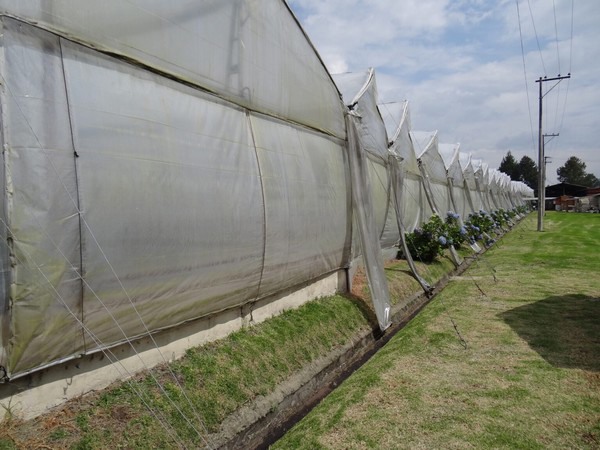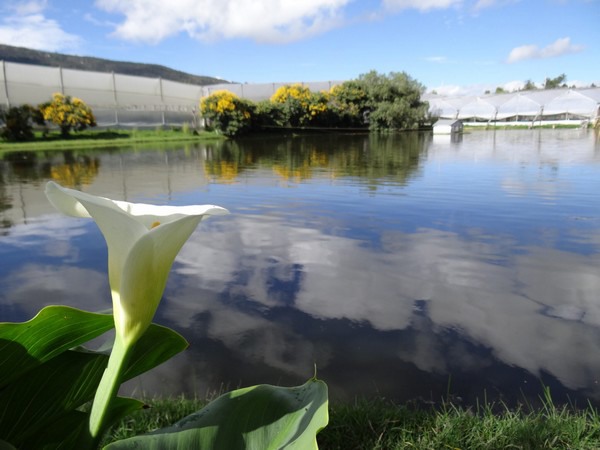Water is becoming scarcer, as demand for it keeps growing, obviously. Colombian floriculture is no stranger to this reality and is aware of the importance of this resource for flower production. Under the guidance of Asocolflores' environmental affairs and sustainability department, they have worked for more than 20 years developing strategies and projects that promote responsible and rational use of water in flower crops. This has allowed that currently, on average, more than 57% of the water used in crops comes from rain. To achieve this, companies have built the necessary infrastructure to collect and store rainwater in reservoirs, making the flower sector a pioneer in Colombian agriculture.

To maximize the proper use of water in flower production, companies have also implemented efficient irrigation systems. There are three main systems for crop irrigation: pipe or flute, sprinkler, and drip. The latter is the most used in flower farms in Colombia. Currently, 95% of the crops use this irrigation method, which consists of an automated irrigation system that, through the use of a system of pipes and emitters that directly irrigate the roots of the plants, considerably reducing water losses with an efficiency above 90%.
The volumes of water applied in irrigation are determined by parameters and technical criteria according to the water needs of the crop, that is, they are supported by monitoring the climate, soils, or substrate, thus guaranteeing optimal use. Measurement of the following parameters is commonly used:
- Measurement of radiation or evapotranspiration, which is carried out with weather stations, atmometers, or class A tanks, respectively
- Measurement of soil moisture, which is carried out with tensiometers or by organoleptic testing.

Likewise, Colombian flower farms have implemented good practices such as the recirculation of drainage water and other processes to have closed systems, the wastewater generated is treated so as not to contaminate and used in the production process, and water consumption is measured in the different processes.
On the other hand, Colombian companies are also committed to developing programs focused on the efficient use and saving of water. In these programs, specific objectives and goals must be planned to optimize water consumption in crops. This is materialized through the planning of projects and concrete actions that must be developed within a period of 5 years.

They also participate in tree planting programs or initiatives in conjunction with local authorities and the community for the conservation of watersheds and water recharge areas. Within the framework of these activities, it is important to mention that Asocolflores manages the project of propagation banks of native species. This is an initiative that seeks to guarantee the production of plant material from native species for flower farms and improve processes related to: landscape improvement, vegetation enrichment, and reforestation of strategic areas.
In this way, Colombian floriculture is positioned before the world as an example of conscious work in favor of the efficient use of water and environmental conservation.
Source: asocolflores.org
